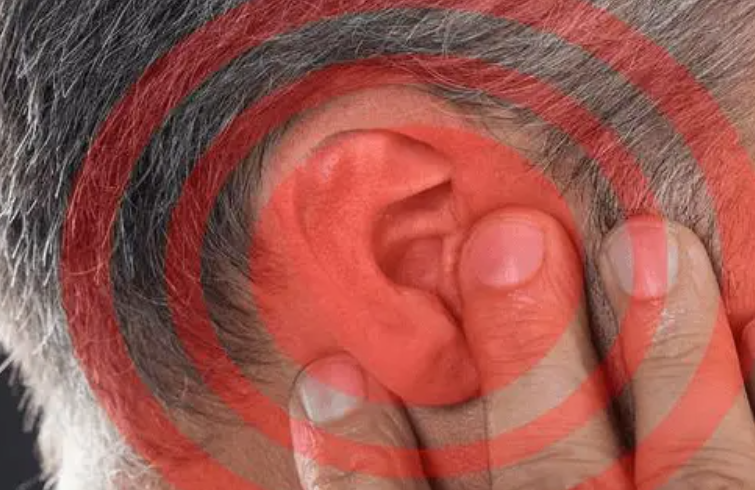
01
When the upper respiratory tract infection, nasal congestion and other discomfort, temporarily do not participate in diving activities.
02
Those with poor eustachian tube function are not recommended to participate in diving activities.
03
Learn how to balance middle ear pressure before diving.
The most commonly used method is the Valsalva maneuver, in which the nose is pinched, the mouth is shut, the cheeks are raised like a balloon, and the air is forcefully pumped, forcing air into the eustachian tube, thereby increasing the pressure on the middle ear.
During the dive, especially in the first few meters and 10 meters, to continue to do the Valsalva movement, if discomfort, be sure to stop the dive, maintain depth or rise a few meters, continue to balance the pressure of the middle ear.
If it still cannot be relieved, stop diving immediately.
04
Too short a interval between diving and flying may cause decompression sickness, so it is recommended to wait at least 24 hours after diving to allow the excess nitrogen in the body to be largely removed before flying.
What to do? My ears hurt when I was diving
Whether you are a beginner or an expert diver, normal people can suffer from eardrum pain due to water pressure. But if you can't solve the problem underwater, and you're in good health at the time, there must be something wrong with your diving teaching.
Who was it that hurt your ear?
When the plane takes off and lands, people's ears often have discomfort, and people with sensitive constitutions even have tinnitus symptoms, which is caused by changes in air pressure. Water is much denser and heavier than air, so changes in water pressure are more aggressive than changes in air pressure.
When you fall in the water, the air in several cavities in your body - the ears, sinuses, and lungs - is compressed. How much does it compress? For every 10 meters you drop, you increase the pressure by one atmosphere, which means that at 10 meters, the air in your body is compressed by half; At a depth of 20 meters, the air is compressed by a factor of three; At a depth of 30 meters, it's compressed into 4/1.
The middle ear is connected to the throat through the eustachian tube, through which gas can enter and exit. As we descend, the ambient water pressure compresses the gas in the middle ear, flattening the eustachian tube, which presses against the eardrum. In order to counteract this pressure, it is necessary to keep the eustachian tube open at all times, so that more gas can be blown through the eustachian tube into the ear, in order to restore the pressure balance on both sides of the eardrum.
Our most commonly used method is: every 1-2 meters down, hold the nose, close the mouth, and gently do a similar movement like blowing your nose, the professional term is called cutting.
At the same time, this is also applicable to daily life, due to aircraft takeoff and landing, high-rise elevator rise caused by ear pressure discomfort.
This is also the reason why you can't dive when you have a cold, because the cavity of the mouth and nose is blocked, the air does not circulate, and the internal pressure cannot be balanced.

